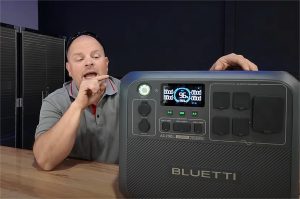When I first heard about the Bluetti Pioneer NA, I was instantly intrigued. The company claimed it to be the world’s first portable power station using sodium-ion batteries—a major leap forward from traditional lithium technology. Naturally, my curiosity kicked in. I’ve seen plenty of battery tech over the years, but this one promised to be different. So, I decided to open it up myself and find out what’s really inside this futuristic unit.

I knew I might have to destroy it in the process, but if it meant discovering whether Bluetti’s sodium-ion claim was legit, it was worth it. This review is my first hand journey into dissecting the Bluetti Pioneer NA — its build, its battery setup, and its unique qualities that make it stand out from every other portable power station I’ve ever tested.

Opening the Bluetti Pioneer NA: The Curious Beginning
I started by switching off the unit and gently removing the covers with a putty knife. (Pro tip—don’t use a flathead screwdriver unless you want ugly scratches!)

The moment I took off the panels, I could tell this wasn’t just another budget product. Everything inside was beautifully arranged, tightly engineered, and built for longevity.

The copper bus bars immediately caught my attention—they were tin-plated, not the cheap kind you find in low-cost models.

The capacitors were high-grade components, the circuit boards were reinforced with relief clamps, and every connection looked solid. This was my first strong impression that Bluetti Pioneer NA isn’t cutting corners with this one.

Noise-Free Operation and Heat Management
What really impressed me during testing was how quietly the Bluetti Pioneer NA runs. Even when drawing significant load, the noise pollution is minimal, which is rare for portable power systems. This feature alone makes it ideal for indoor use, late-night camping, or studio work where you need silent performance.
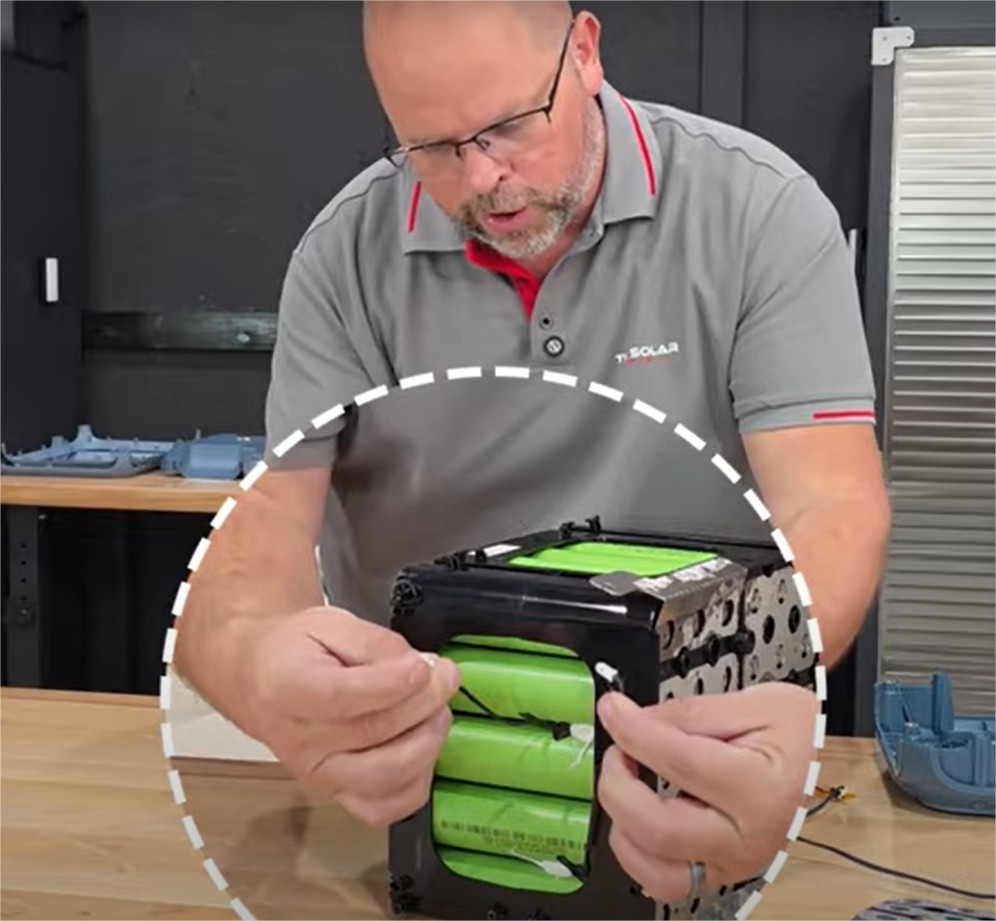
Bluetti clearly prioritized thermal balance and acoustic comfort. The temperature sensors and internal fans are well-calibrated, activating only when needed. I could barely hear them running, even when the device was under stress. That kind of engineering attention shows Bluetti understands real-world usability, not just specs on paper.
The Teardown: My Mission to Verify the Sodium-Ion Claim
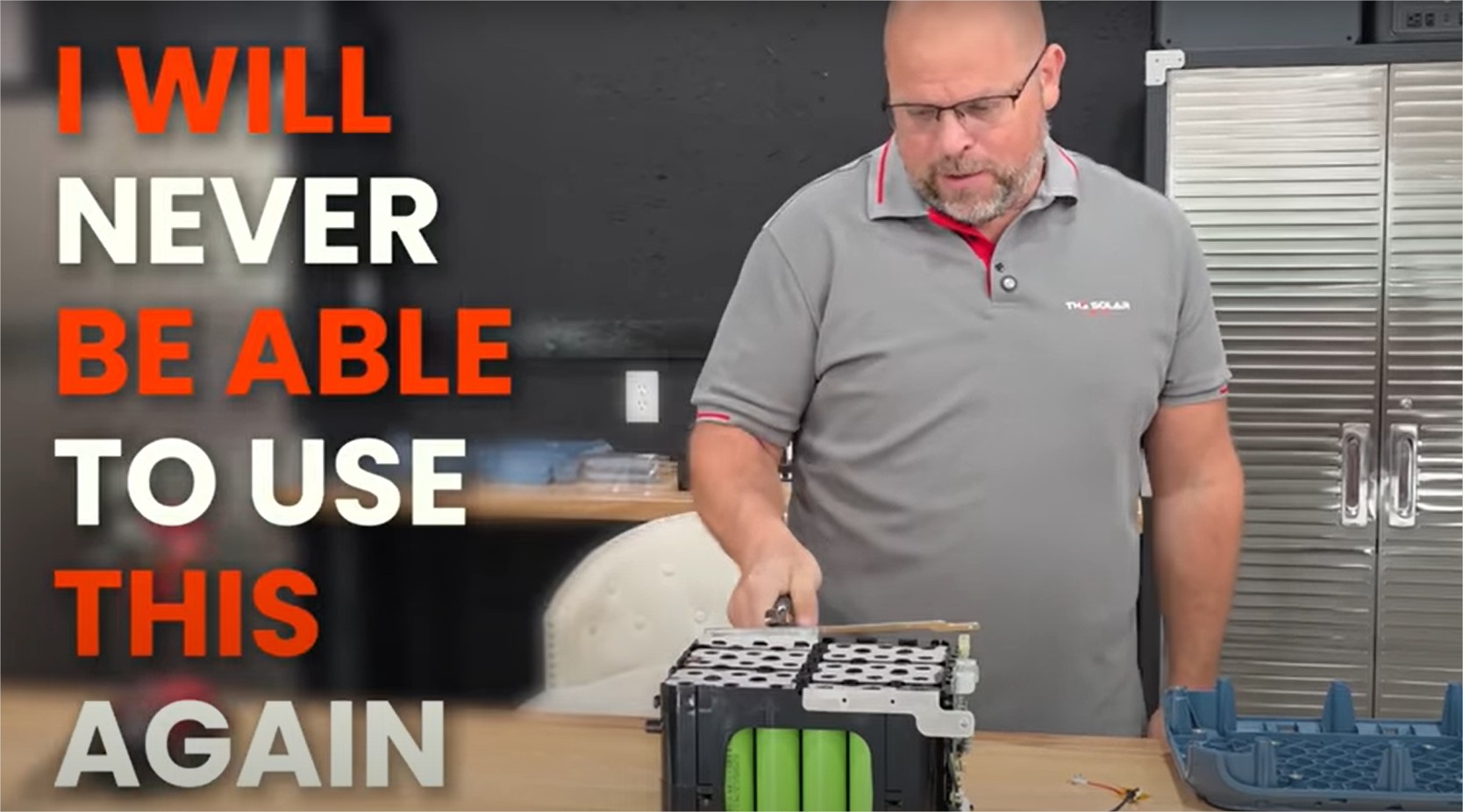
Now, here came the most exciting (and irreversible) part—tearing it open. Once I separated the bus bars and lifted the top section, I knew there was no turning back. Every major connection inside the battery pack was welded, both at the top and bottom, which meant I had to cut through them to access the cells.

Inside, I found 30 individual battery cells arranged in a 10×3 configuration, giving it a total of 30 volts and 30 amp-hours.

That’s a fascinating setup for such a compact power station. Each cell was rated around 3 volts nominal, but when I tested them with my multimeter, I got readings close to 3.85 volts—a sign of healthy, high-quality cells.

Here’s what stood out during this inspection:
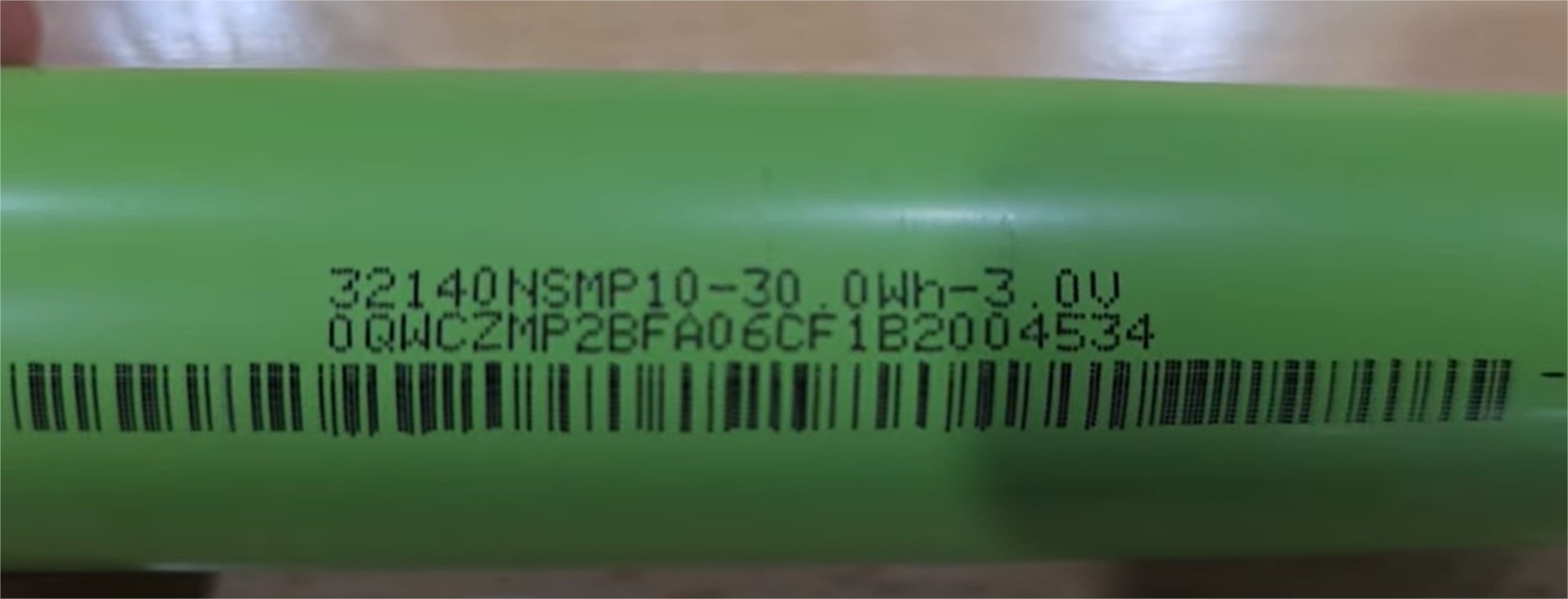
- Each cell had a manufacturer code 32140NSMP10, rated 30Wh at 3V.

- The BMS (Battery Management System) used multiple temperature sensors for real-time heat tracking.
- The tin-coated copper bus bars confirmed premium-grade construction.
- The welds were neat, uniform, and securely aligned—proof of precise manufacturing standards.
Even though I couldn’t perform lab-grade testing, the physical layout and consistency pointed strongly toward sodium-ion architecture.

Why Sodium-Ion Batteries Matter
Sodium-ion technology is often called the “next big thing” in battery evolution. After opening the Pioneer NA, I began to appreciate why Bluetti made this move. Compared to lithium-ion, sodium-ion offers several compelling advantages:
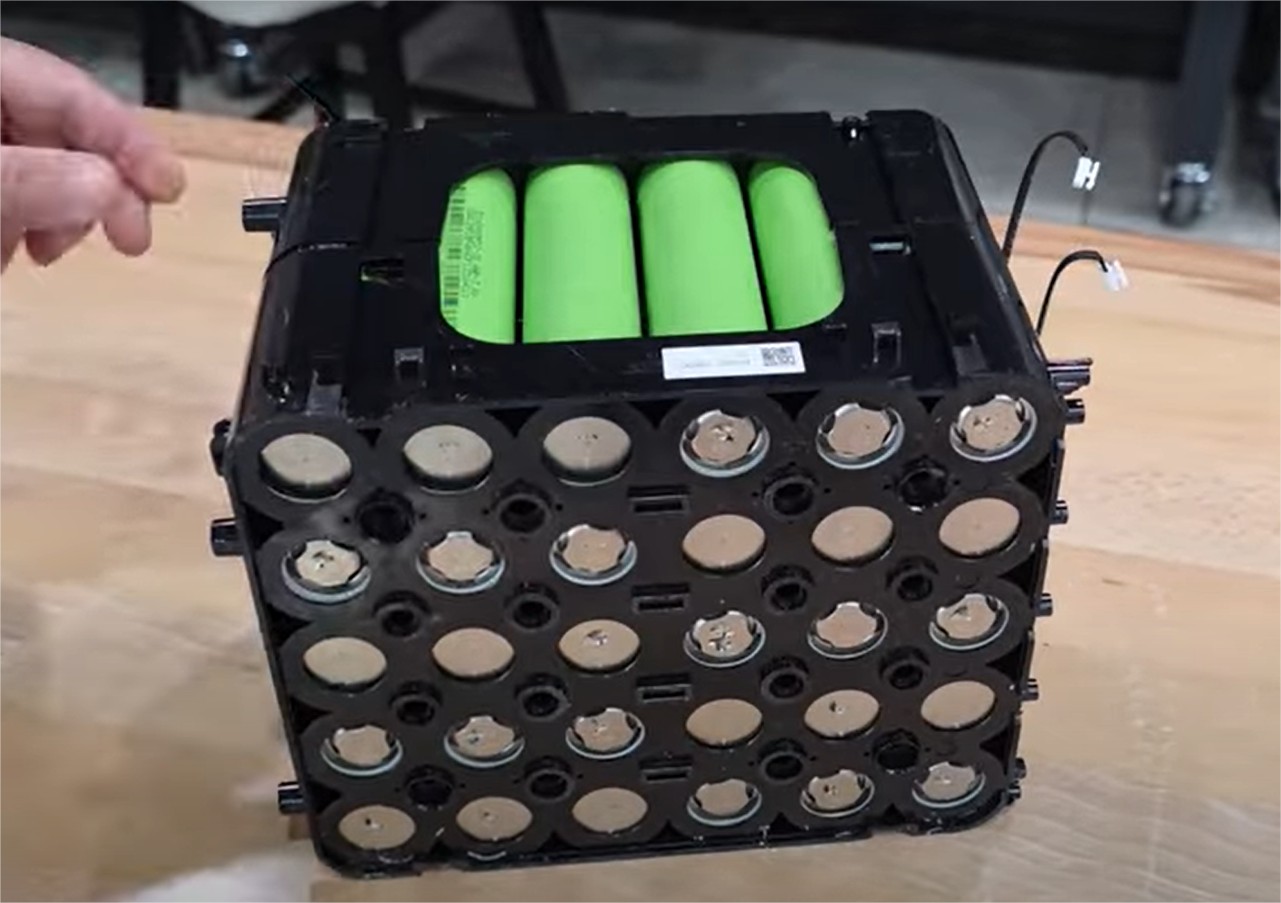
- Abundance and affordability: Sodium is much more common and cheaper than lithium.
- Improved safety: Sodium-ion cells are less prone to thermal runaway or fire.
- Eco-friendly: No cobalt or nickel dependency, reducing mining impact.
- Cold-weather performance: Sodium-ion performs better in low temperatures.
To me, this isn’t just a battery innovation—it’s a statement about sustainability and responsible energy. If Bluetti can continue refining this chemistry, it could revolutionize the portable power market.
Build Quality: Premium Inside and Out
I’ve torn down quite a few power stations before, but very few impressed me like this one. Every part inside the Bluetti Pioneer NA looked meticulously crafted. Even small touches like relief clamps on the circuit boards and tin-coated connections showed how much detail Bluetti invested in design and safety.

The capacitors, marked with red labels, were high-efficiency units often found in top-tier electronics. And the entire internal structure felt well-balanced and heat-resistant. You can tell Bluetti Pioneer NA builds for endurance, not just aesthetics.
Here’s what makes the Bluetti Pioneer NA’s build quality stand out:

- Reinforced metal and plastic chassis for structural stability.
- Premium-grade electrical components for long-term reliability.
- Minimal internal noise and vibration.
- Clean soldering and layout alignment for efficiency.

For anyone wondering if Bluetti’s premium price tag is justified—yes, it is. You’re not just paying for watt-hours; you’re paying for engineering excellence.
The Efficiency Factor and Room for Improvement
The Bluetti Pioneer NA uses a 30V 30Ah configuration, which is somewhat unusual for inverter-based setups. Normally, higher voltages mean better energy conversion efficiency. Despite this, the Bluetti Pioneer NA performed exceptionally well during real-world usage.
Bluetti has clearly fine-tuned its power management algorithms to get the most out of these cells. Still, I can’t help but imagine how much more efficient this system could be at 60V, especially for larger-scale energy applications. If Bluetti explores that in future models, it could be a major game-changer for off-grid and industrial users alike.
Final Verdict: Breaking Ground with Bluetti Pioneer NA
I may have had to sacrifice my unit to prove the point, but it was worth it. What I found inside confirmed Bluetti’s commitment to authentic innovation and quality engineering. The Bluetti Pioneer NA isn’t just a product; it’s a proof of concept that the sodium-ion revolution has begun. Yes, it’s priced on the higher side, but considering the technology it introduces, that premium feels fair.

If you’re looking for a silent, sustainable, and durable power station with next-gen battery tech, the Bluetti Pioneer NA deserves your attention. It’s a bold step into the future of energy storage—and I’m proud to have been among the first to explore it hands-on.






















